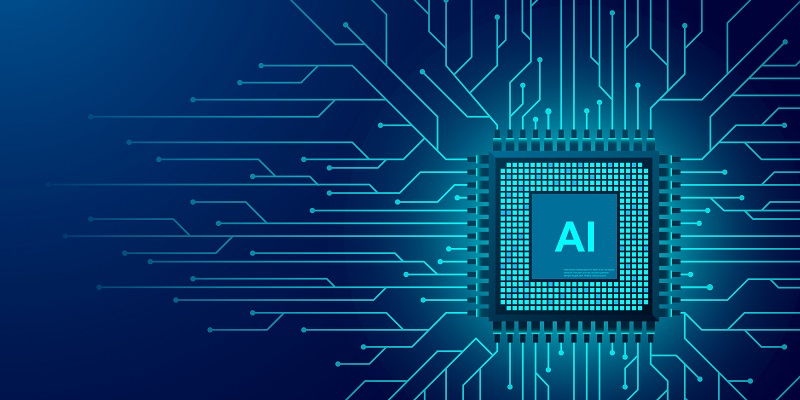Current advancements in artificial intelligence (AI) have revolutionized various industries, but beneath the surface lies a concerning reality. Recent academic and corporate research reveals that existing AI models suffer from significant drawbacks, including being unwieldy, brittle, and malleable. Moreover, these models were trained without giving due importance to security, resulting in complex collections of images and text that are vulnerable to breaches. In this article, we delve into the various security challenges faced by AI models.
Lack of Security Focus during Training
Throughout the training process of AI models, data scientists paid little attention to security implications. Rather than prioritizing robustness and resilience, they ambitiously focused on compiling vast amounts of complex data. Consequently, these models are highly susceptible to security breaches and lack the necessary safeguards.
Racial and Cultural Biases
One of the troubling flaws of AI models is their predisposition towards racial and cultural biases. Researchers have discovered that these biases are embedded within the models due to the data they were trained on. Such biases can have far-reaching consequences in decision-making processes, perpetuating discrimination and inequality.
Vulnerability to Manipulation
AI models, due to their intricate nature, are easily manipulated by malicious actors. By exploiting the weaknesses of these models, individuals can manipulate and control AI systems to disseminate false information, mislead users, and serve their own agendas. This susceptibility to manipulation poses a substantial threat to the integrity of AI-powered platforms.
Constant Need for Security Measures
The generative AI industry faced significant security vulnerabilities following the public release of chatbots. As researchers and tinkers examined these AI systems, they repeatedly discovered security loopholes that required immediate attention. While security measures have improved over time, serious hacking incidents are now rarely disclosed due to the proactive adoption of preventive measures.
Unraveling the Complexities of AI Attacks
The sophistication of attacks on AI systems has reached a level where even their creators struggle to understand and address them. Hackers exploit the underlying logic of AI models, employing techniques that are difficult to detect and comprehend. This complex landscape makes it challenging to effectively protect AI systems from potential threats.
Impact of Data “Poisoning”
Researchers have found that injecting a small collection of tainted images or text into the vast ocean of training data can wreak havoc on AI systems. This method, known as “poisoning,” can have significant consequences yet is often overlooked due to the massive amounts of data involved. It highlights the need for enhanced security protocols during the training phase of AI models.
Commitment to Security by Industry Leaders
Acknowledging the pressing need for security and safety in AI deployments, major industry players have committed to prioritizing these aspects. Voluntary commitments were made to the White House last month, aiming to invite external scrutiny by independent experts. This collaborative effort seeks to fortify AI systems against potential vulnerabilities.
Exploitation of Weaknesses for Financial Gain and Disinformation
As AI continues to evolve, search engines and social media platforms are expected to become targets for malicious actors seeking financial gain or driven by the agenda of spreading disinformation. These actors will be drawn to exploit the weaknesses in AI systems, creating a significant challenge for cybersecurity and the integrity of online platforms.
Startup Concerns: A Growing Risk
With the proliferation of startups leveraging licensed pre-trained models, concerns regarding cybersecurity intensify. As these startups launch hundreds of offerings built upon AI models, there is a pressing need for robust security measures. Failure to address these concerns may lead to vulnerabilities being exploited and compromise the privacy and trust of users.
The security challenges faced by existing AI models are multifaceted and require immediate attention. As AI becomes more prevalent in various domains, it is crucial to address these challenges. Stakeholders must prioritize security during the training and deployment of AI models, accompanied by continuous evaluation and improvement efforts. By doing so, we can strengthen these systems against threats and ensure the responsible and ethical use of AI technologies.

